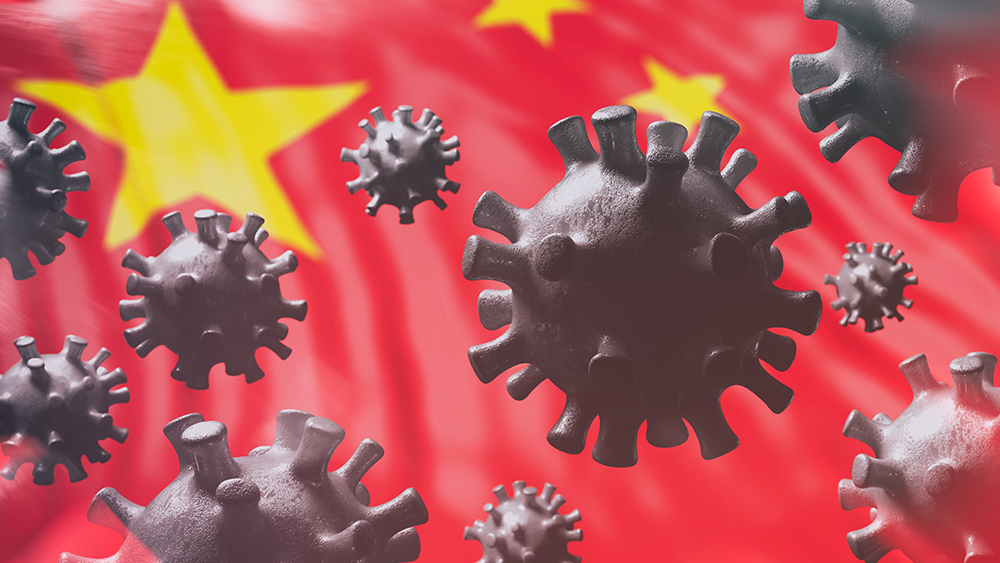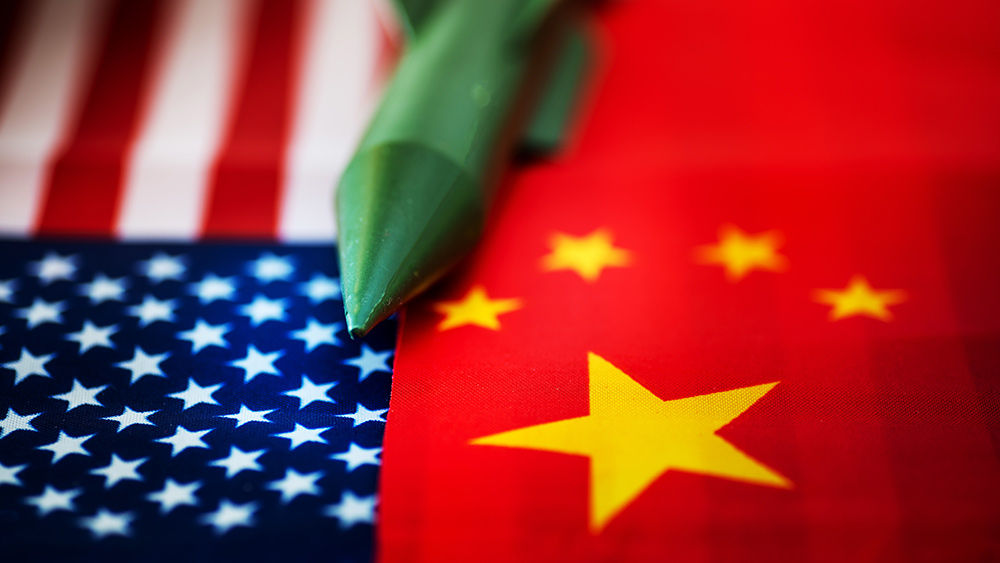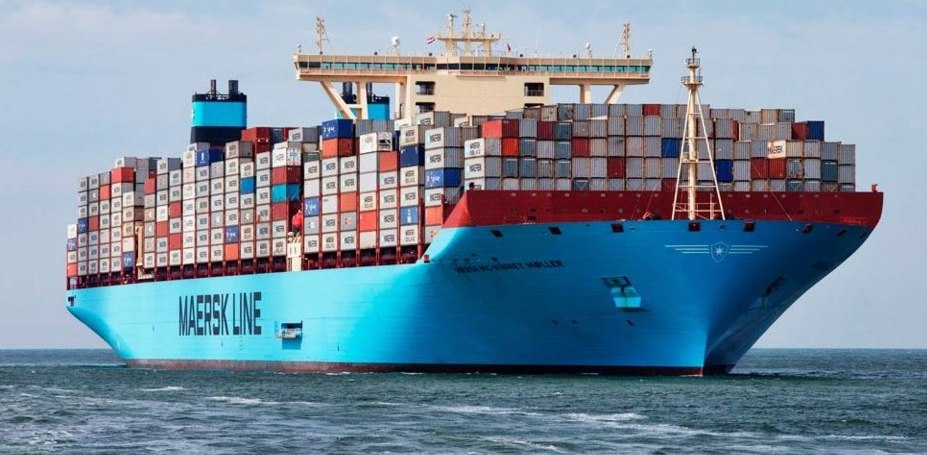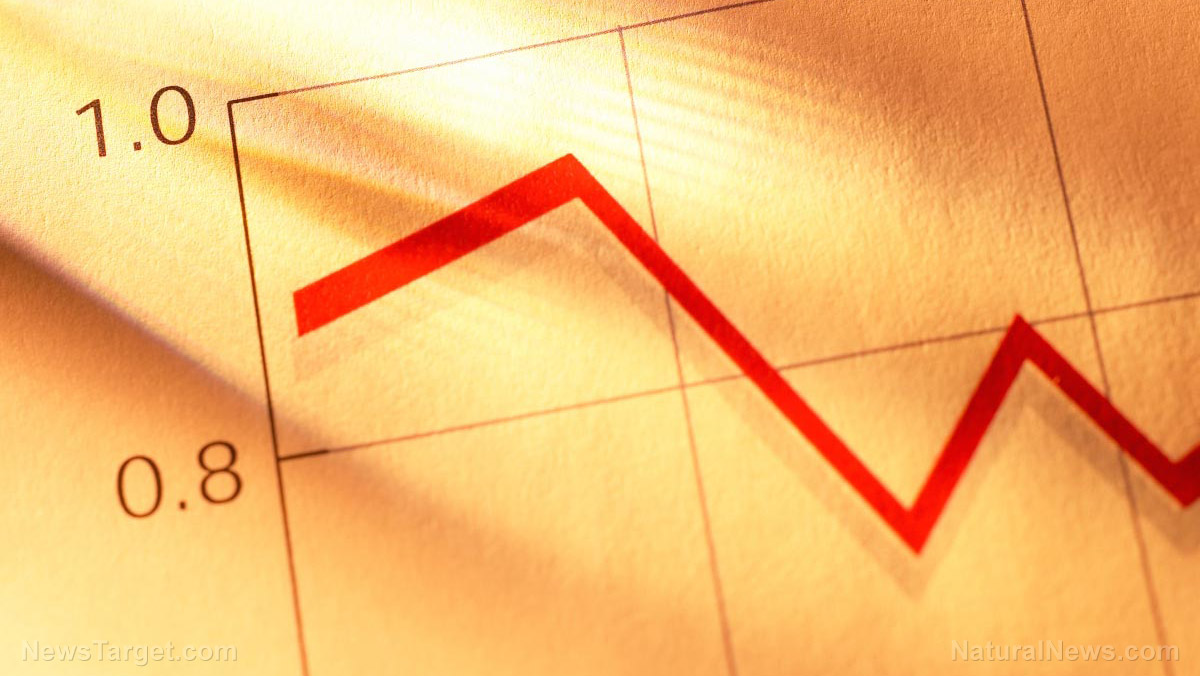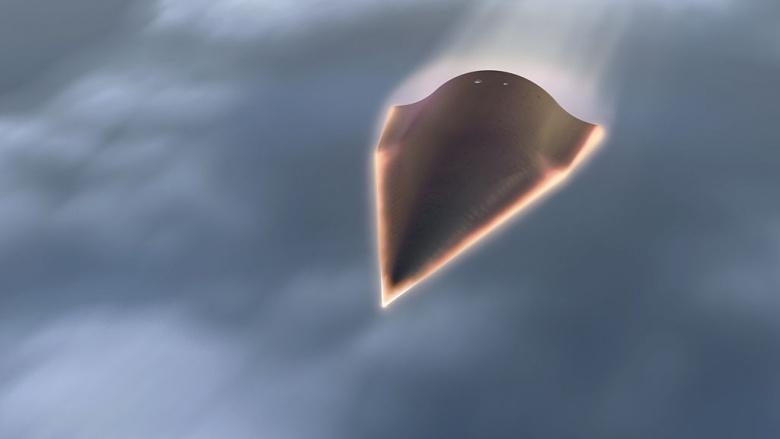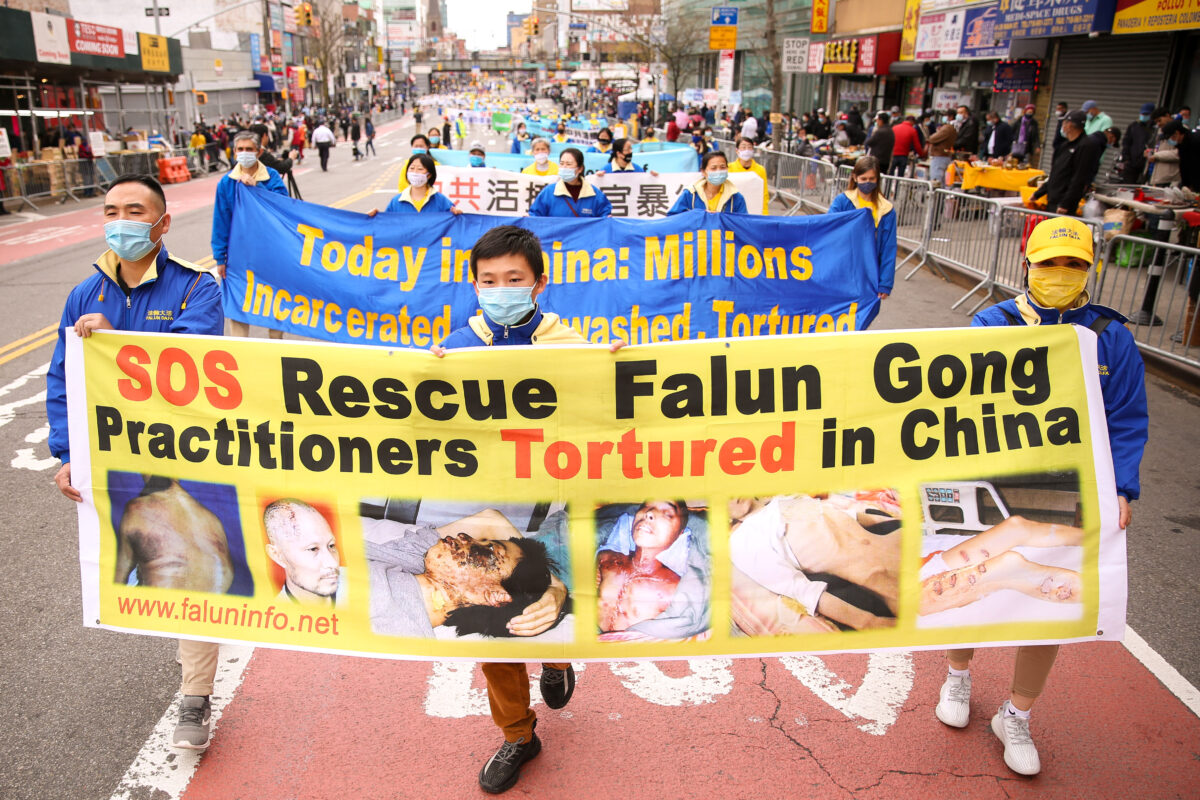China’s manufacturing and industrial hubs hit by power shortages
07/26/2021 / By Nolan Barton
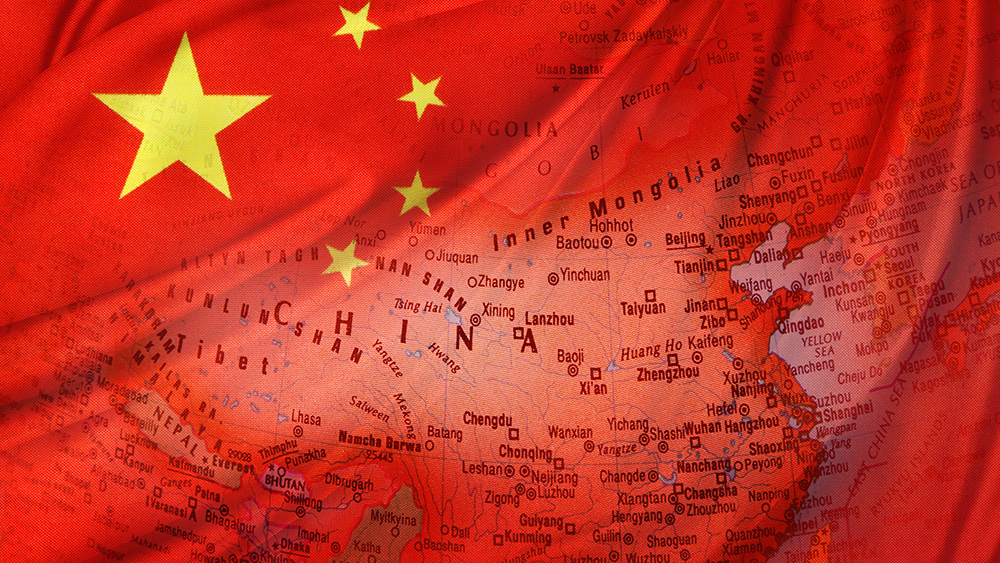
China’s manufacturing and industrial hubs in the southern part of the country have been ordered to use less power and even close between one to three days a week to mitigate power shortages.
Record demand for power has exceeded supply in Guangdong province, where the cities of Guangzhou, Foshan and Dongguan are located. Those cities are known for producing global consumer and high-tech products.
Factories may not fulfill their orders in time after the China Southern Power Grid Company announced that 21 cities and regions across Guangdong would be included in the rationing or restrictions on usage. Companies have to limit the power supply, or their electricity will be cut off. (Related: Biden hands over control of America’s power grid to communist China.)
Mike Wang, manager of an electronics factory in Dongguan, said workers were “sweating profusely” through 36C days as they could not turn on the air conditioners and fans without breaching power usage limits.
“I am really worried now. I don’t know how to explain to clients [that their orders will be late],” said Wang, noting that power shortages have hobbled his factory’s efficiency by 20 to 30 percent.
Klaus Zenkel, chair of the European Union Chamber of Commerce in South China, said that about 100 of the organization’s companies were affected and further shortages risk having an adverse impact on foreign investment in the region.
“After the economic recovery post-pandemic, companies are very busy and have a lot of orders.?Now some have been asked to shut down three days a week. It’s quite unreasonable,” Zenkel said. “It’s an infrastructure issue that needs to be handled immediately.”
Low rainfall, China’s carbon emissions targets contribute to power shortages
The problem has been exacerbated by high temperatures and low rainfall in Yunnan, which Guangdong partly relies on for hydropower. Analysts said the central government’s carbon emissions targets have also made local governments reluctant to expand their reliance on coal-fired power, forcing officials to ration electricity instead.
“With China’s carbon plan,?local governments are very nervous about their use of coal and thermal power,” said Shan Guo, partner at Plenum China Research.
China’s non-fossil fuel installed power capacity could surpass that of coal-fired capacity this year for the first time, according to the China Electricity Council (CEC). That projection came in the wake of Chinese President Xi Jinping’s announcement during the global climate summit in April that China will strictly control coal-fired power generation and limit the increase in coal consumption during the latest phase of its five-year economic plan.
The National Development and Reform Commission (NDRC), China’s main economic planning agency, has emphasized increasing renewable energy output to reduce reliance on coal. But the commission also suggested more financial aid for coal producers and that coal-fired power plants alleviate immediate needs, an implied acknowledgment by the central government that coal-based electricity will remain key in the country’s energy mix for the foreseeable future.
Lara Dong from data provider IHS Markit said limits on coal imports and domestic production were also a factor contributing to the shortages.
Provinces across China are under pressure to reduce their energy intensity – carbon dioxide emissions per unit of gross domestic product (GDP) – as part of central government efforts to reduce peak carbon emissions by 2030 and reach “carbon neutrality” by 2060.
Dong said there was a risk of more rationing as the province approached its expected peak in demand in July or August.
Industrial and manufacturing sectors drive China’s economic recovery from pandemic
China has experienced one of the fastest economic recoveries in the world from the coronavirus (COVID-19) pandemic, largely due to the country’s industrial and manufacturing sectors.
Despite a calamitous start to the year, China was the only major economy to register growth in 2020 at 2.3 percent. Its economy grew 18.3 percent in the first quarter of 2021 compared with the same period last year, marking the biggest jump in GDP since China started keeping quarterly records in 1992.
However, the growth rate was boosted by a low base in early 2020. Comparing growth for the first quarter of 2021 with the last quarter of 2020, the Chinese economy grew by a far smaller 0.6 percent.
“We must be aware that the COVID-19 epidemic is still spreading globally and the international landscape is complicated with high uncertainties and instabilities,” said China’s National Bureau of Statistics, which released the first quarter data.
Other key figures released by China’s statistics department also point to a continuing rebound but are also unusually strong because they are compared against extremely weak numbers from last year.
Industrial output for March rose 14.1 percent over a year ago, while retail sales grew 34.2 percent. (Related: The Joe Biden transition team is compromised by Chinese elites who have already taken advantage of Hunter Biden’s White House connections.)
Some analysts predicted a number of sectors will slow as government fiscal and monetary support is reduced.
According to Yue Su, the Economist Intelligence Unit’s principal economist for China, some production and export activity could have been “front-loaded” into the first quarter, suggesting slower growth ahead.
“Trade performance and domestic industrial activities for the rest of year might not be able to maintain such strong momentum, due to lack of measures to stimulate domestic economy,” she said.
After scrapping its target last year, China has set an economic growth target of 6 percent for 2021.
Follow Bubble.news for more news and information related to the economy.
Sources include:
Tagged Under: carbon emission, carbon neutrality, chaos, China, collapse, coronavirus, covid-19, economic recovery, global climate summit, industrial hub, manufacturing sector, pandemic, power generation, power grid, power shortage, Xi Jinping
RECENT NEWS & ARTICLES
COPYRIGHT © 2020 CommunistChina.News
All content posted on this site is protected under Free Speech. CommunistChina.News is not responsible for content written by contributing authors. The information on this site is provided for educational and entertainment purposes only. It is not intended as a substitute for professional advice of any kind. CommunistChina.News assumes no responsibility for the use or misuse of this material. All trademarks, registered trademarks and service marks mentioned on this site are the property of their respective owners.

